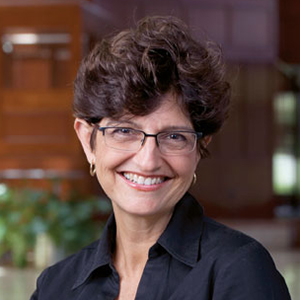Producing an effective audio narrative starts with extensive planning well before picking up a mic.
When you’re considering audio treatment for a story, make a list of all possible sound sources at the primary physical location. Public events, for instance, are usually a great opportunity to get sound: There are plenty of voices (and interview opportunities), and there might be music, speeches, cheering and other “crowd” noises. These important sound elements would help set the scene.
Make similar lists for secondary locations, especially if the main scene appears “sound sterile.” For instance, reporting on court cases or business takeovers can require thinking creatively about ways to set the scene outside the primary physical location of the story. Sometimes that requires a visit to a background location: A reporter might tape the freeway traffic that rushes by a community that’s part of a class-action lawsuit, or capture audio of employees chatting in the cafeteria of a company that’s about to go on the stock market in an IPO.
Also consider familiar sounds to create a sense of place — factory noises, the crack of a bat, crashing waves, church bells.
Taken from Telling Stories with Sound, a self-directed course by Andrew DeVigal and Casey Frechette at Poynter NewsU.
Have you missed a Coffee Break Course? Here’s our complete lineup. Or follow along at #coffeebreakcourse.







